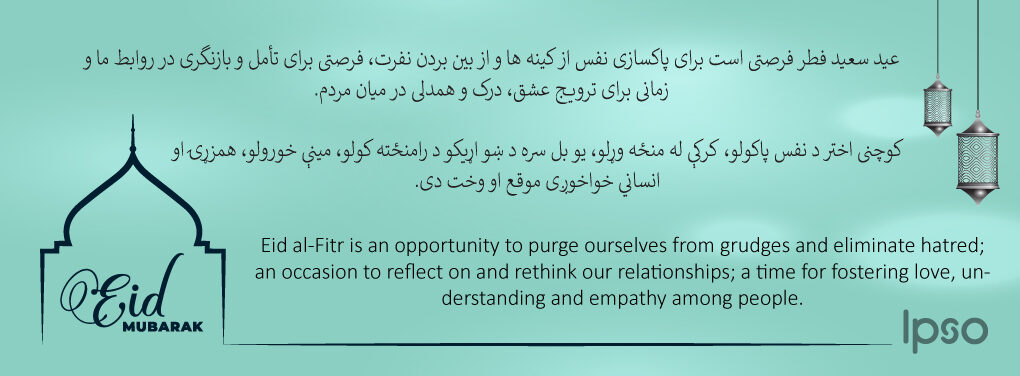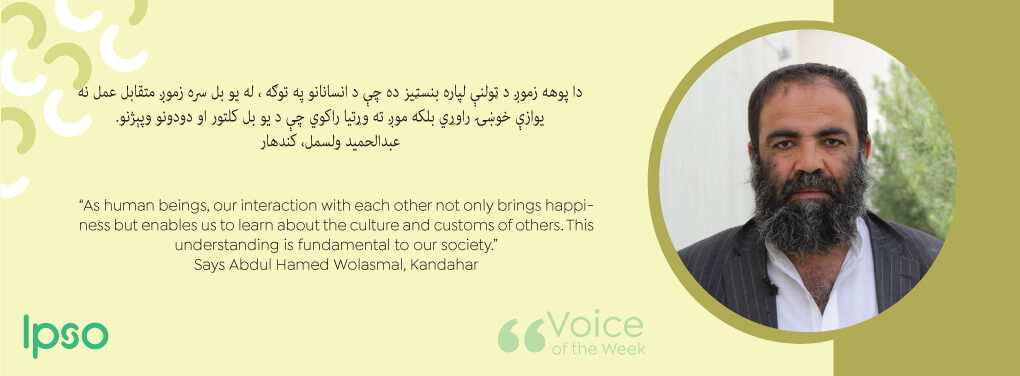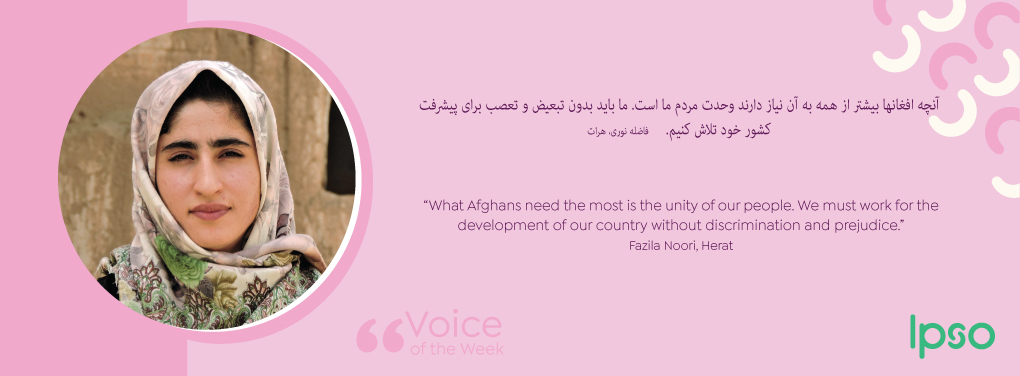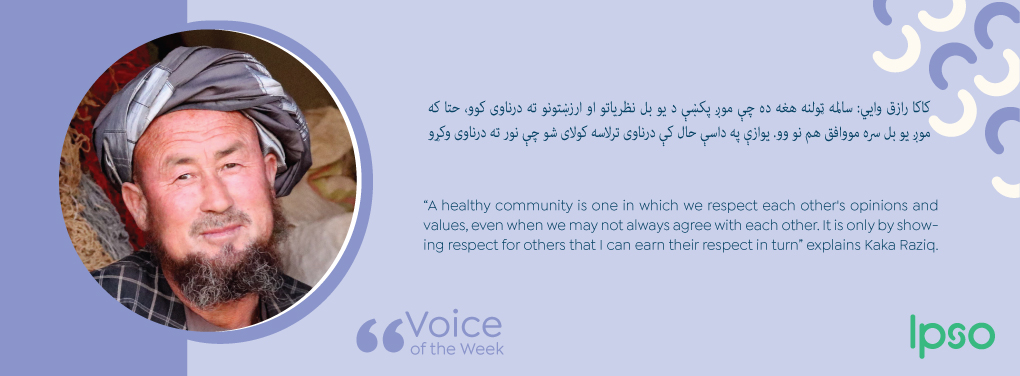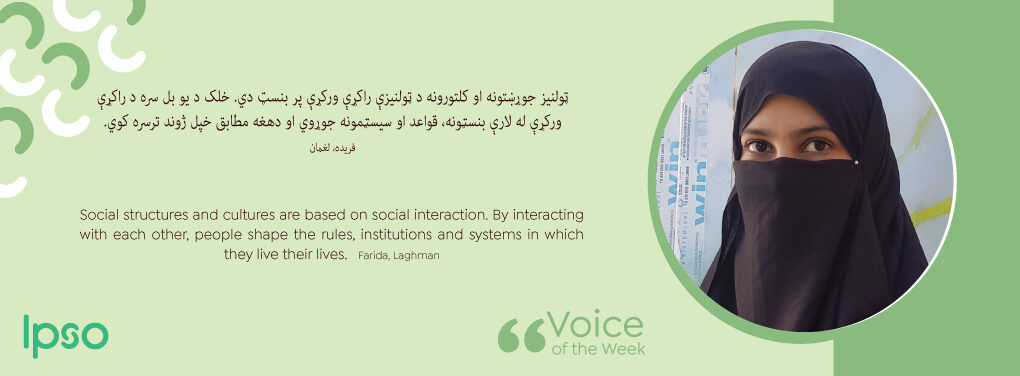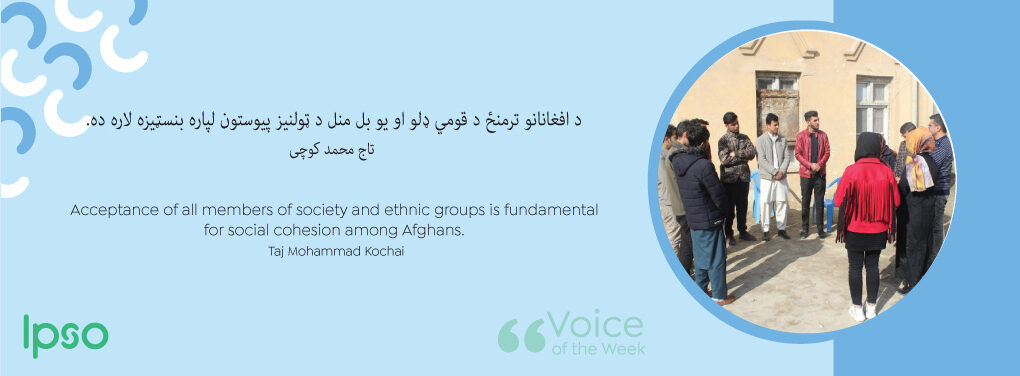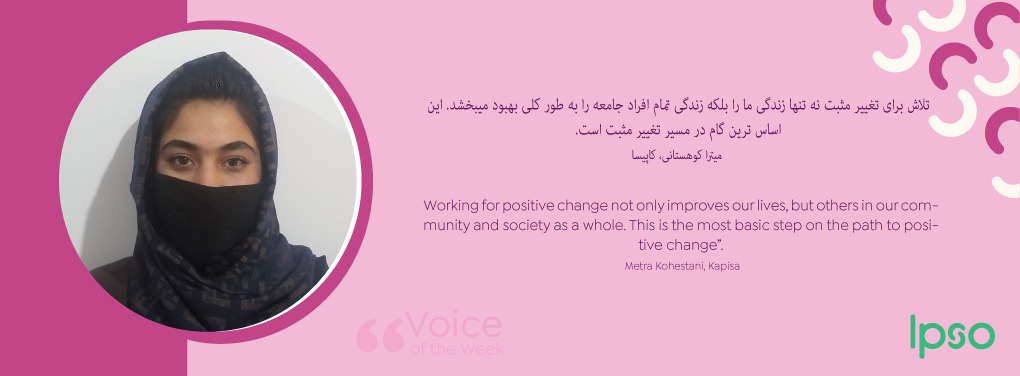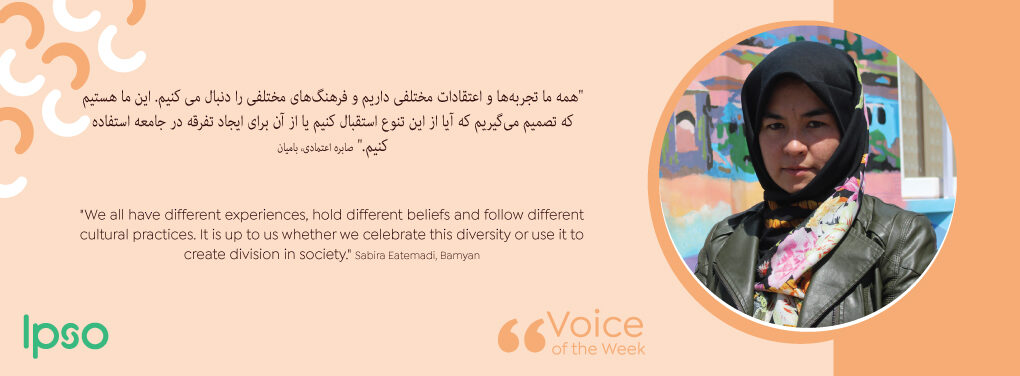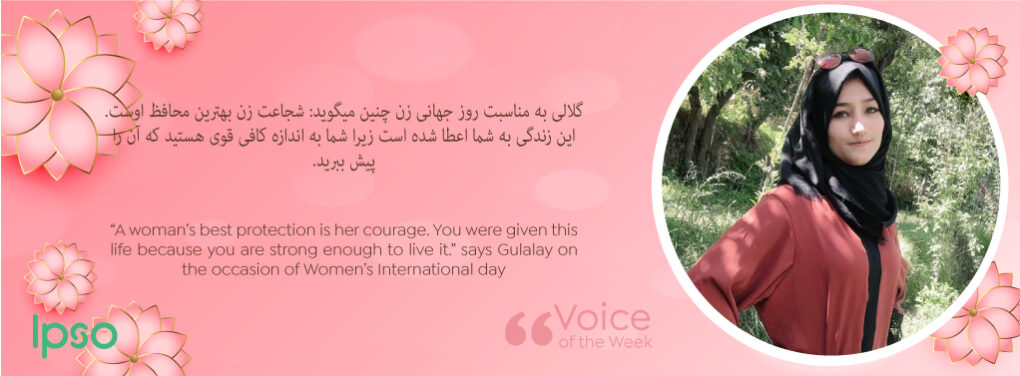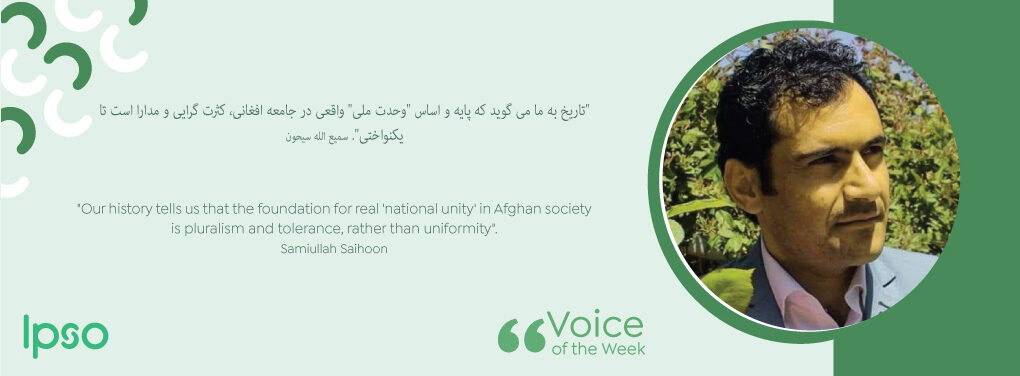On Sunday millions of Afghans and others in the region marked Nowruz – literally, a ‘new day’- that heralds the advent of the new Solar Hijri year 1400, and the arrival of spring. The festival evokes a sense of hope for the year ahead. Atifa, aged 20 and from Herat says: “Nowruz is an opportunity to reflect on and reaffirm our relationships with others.”
It is customary for Afghans to visit relatives, neighbors and friends and share Haft-mewa, a dish made from seven dried fruits served in their own syrup, or Haft-Seen, with seven ingredients with names start with S -a letter that in Persian – that correlates with nature, health, love, beauty and prosperity. “Nawruz is a time for family and friends to discard their differences and celebrate what they share.” Says Atifa.
This is particularly important as the nature and dynamics of relationships and friendships change for many Afghans, especially in cities like Herat, where many people from conflict-affected provinces have settled in recent years. As a consequence
, Herat is perhaps one of the most diverse cities in the country, and Nowruz offers an opportunity for a diverse range of communities to mix as they celebrate this shared festival. Atifa explains “This Nowruz was the first time I’d visited my Hazara friend’s home. Despite my preconceptions, her family were very welcoming to me.”
Traditionally, many Afghans travel north to Mazar-e-Sharif in Balkh province to witness the ceremony of Janda-bala, where a banner is hoisted aloft on a pole within the precinct of the Rawza, a mosque and shrine complex in the centre of the city. Mohsen, 30, of Mazar-e-Sharif says: “Every year thousands of people across Afghanistan come to attend the Janda-bala on the day of Nowruz. More than anything, the ceremony symbolizes unity and harmony among Afghans of all ethnicities or sects, as they bear witness and pray for good fortunes in the year ahead.”
Communities have unique ways of celebrating Nowruz. in different parts of Afghanistan. In Herat, a group of young people gathered to mark Charshanbe-Suri – the last Wednesday of the year – by reciting poetry, reading folk tales and singing around an open fire. Elsewhere, people play traditional games such as Buzkashi, where riders vie to place a goat carcass in a goal.
In central Hazarajat, people play Kampirak on the eve of Nawroz. This is usually played by youngsters, with a young man adopting the role of a wise old man with a white beard, while others play the role of his children. The group proceeds from door to door, reading poems and sharing wise words, while the host family gives a gift to Baba Kampirak. Afterwards, all villagers gather together and witness Baba Kampirak distribute presents to children, while singing poetry, music, dancing, and offering wishes for the New Year. The event usually ends with a theatrical performance on the theme of the sign of the zodiac related to that year. Ali Bayani, a poet from Herat, explains: “Such tales bring people together because they can all find their common roots in them.”
As the landscape turns green with the arrival of spring, the wild tulips – known as Gul-e Surkh, or red flowers – appear and trees blossom, many Afghan families take picnics to rural areas to celebrate the rebirth of nature. Mohsen says: “After another challenging year, Nowruz gives us an opportunity to hope for a better future – maybe we’ll see the spirit of Nowruz every day soon.”



